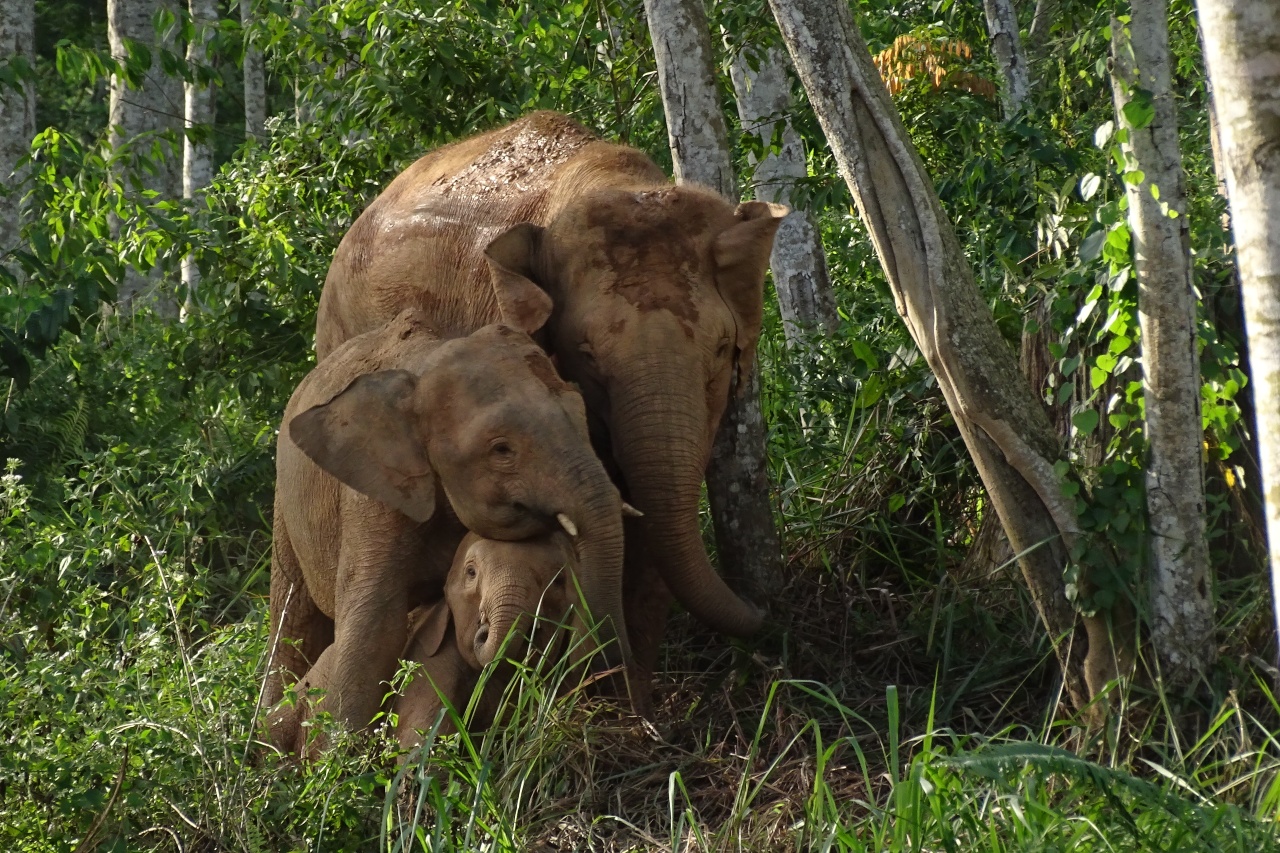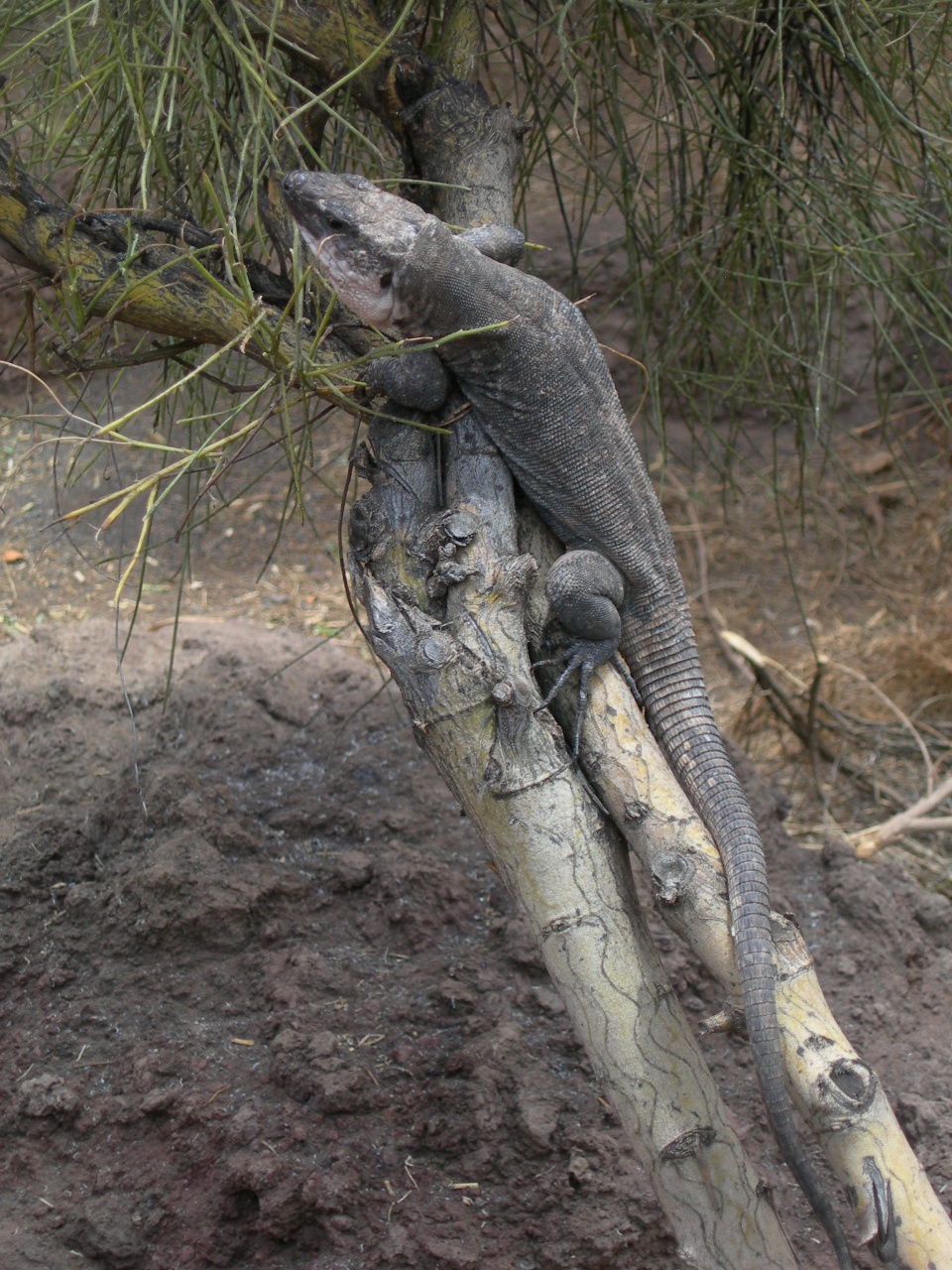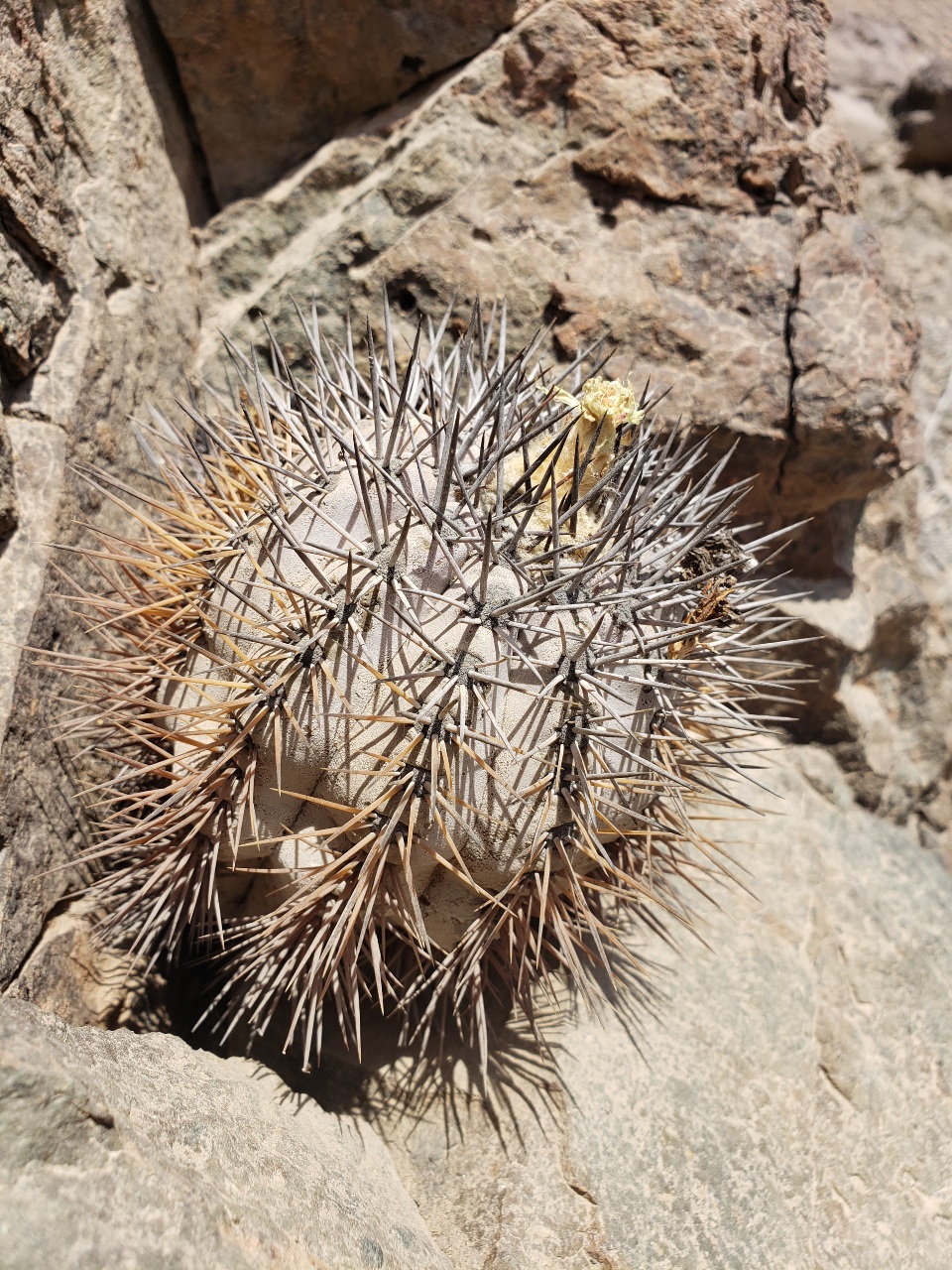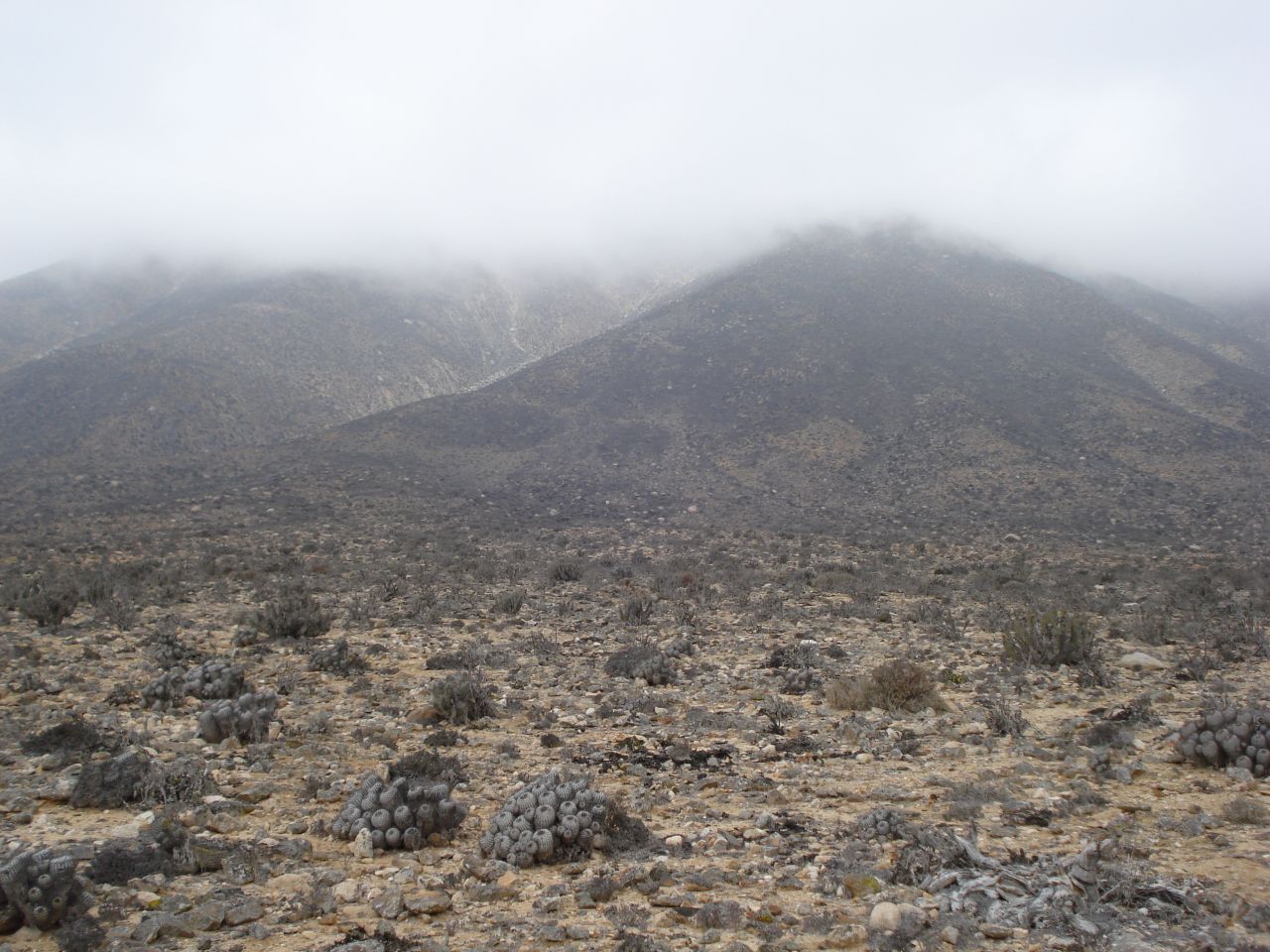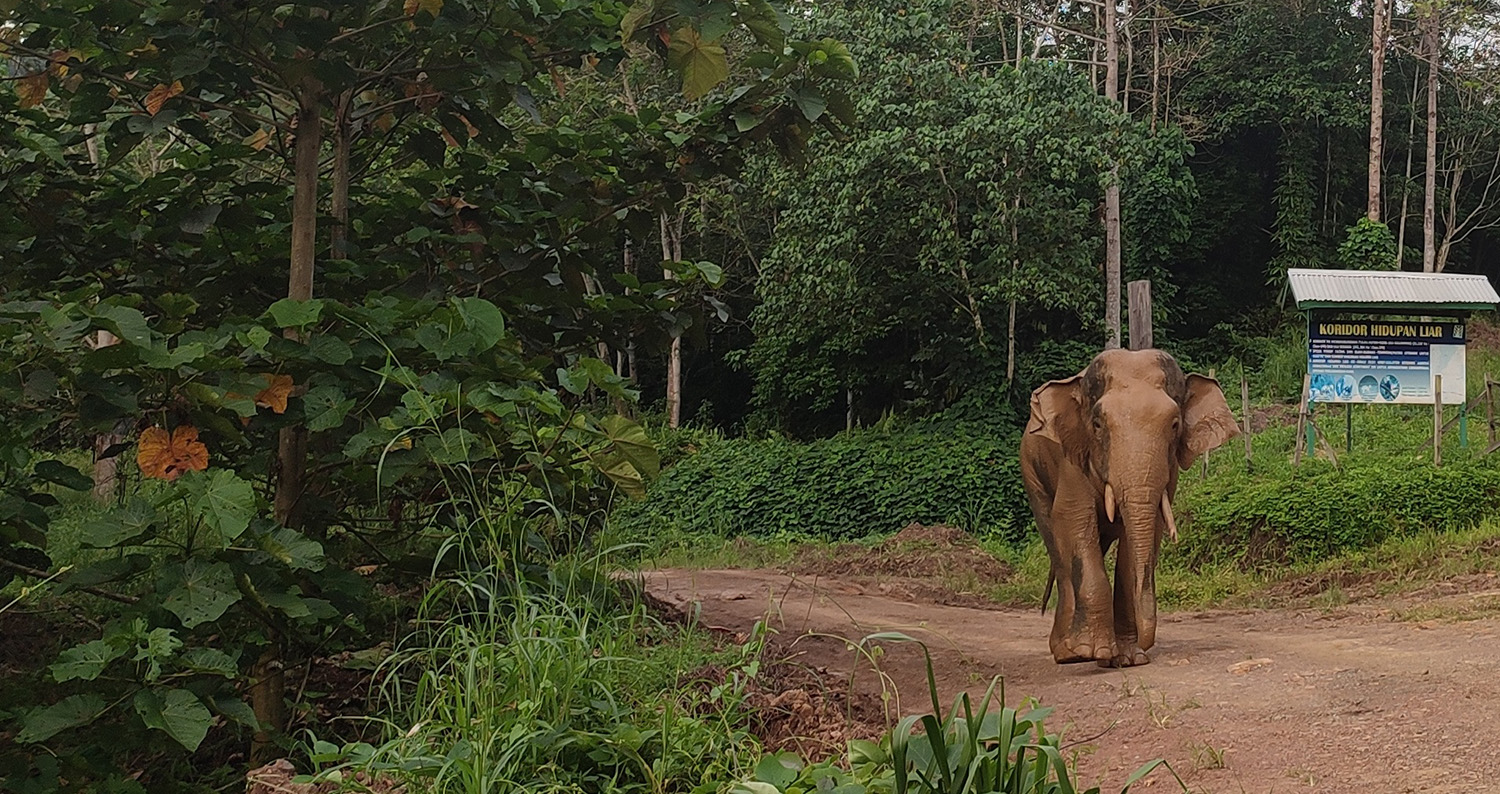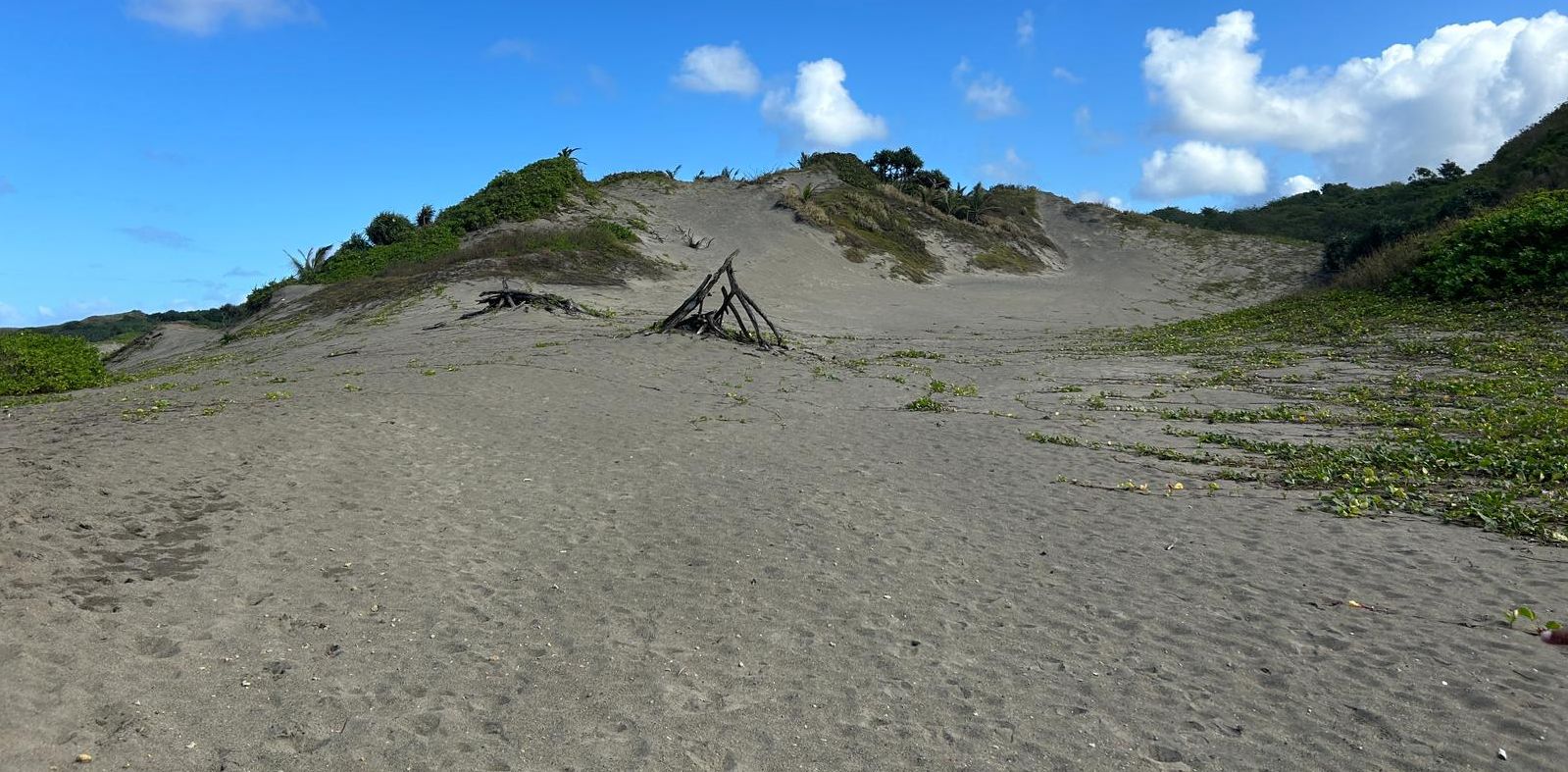Bornean elephant Endangered - IUCN Red List
Gland, Switzerland, 27 June 2024 (IUCN) –The Bornean elephant has been assessed as Endangered, due to threats from human activities, according to today’s update of the IUCN Red List of Threatened Species™. The update also reveals that invasive snakes are driving endemic reptiles on the Canary Islands and Ibiza to extinction, while illegal trade and climate change threaten cacti in Chile.
The IUCN Red List now includes 163,040 species, of which 45,321 are threatened with extinction, surpassing the Barometer of Life goal to assess 160,000 species.
“The IUCN Red List of Threatened Species has informed conservation action for sixty years. As today’s Red List update shows, biodiversity faces increasing pressures, from poaching, to climate change, to the spread of invasive species. Fortunately, the Red List also points to solutions. With sustained, collaborative, science-based conservation action at a sufficient scale, we can pull species back from the brink of extinction,” said Dr Grethel Aguilar, IUCN Director General.
Bornean elephant Endangered
The Asian elephant in Borneo is Endangered, following its first assessment as a distinct subspecies on the IUCN Red List that found there are an estimated 1,000 Bornean elephants remaining in the wild. The population has diminished over the past 75 years, initially due to extensive logging of Borneo’s forests destroying the majority of the Bornean elephants’ habitat. As the human population has rapidly expanded in Sabah, elephants are entering human-dominated landscapes more often in search of food, where they may cause damage to crops and face retribution killing. Further habitat loss from agriculture (especially palm oil), timber plantations, mining, and major infrastructure projects such as the Pan Borneo Highway threaten the future of Bornean elephants. Poaching for ivory, accidental ingestion of agrochemicals, and vehicle collisions are also concerns.
“The last two decades have seen extensive efforts both to understand and to conserve Bornean elephants. These activities are vital to secure a future for this subspecies and to allow for smooth socio-economic development of the areas where the elephants are roaming,” said Augustine Tuuga, Director of the Sabah Wildlife Department, and member of the IUCN SSC Asian Elephant Specialist Group.
Staggering declines of reptiles on Gran Canaria and Ibiza
Reptile species on Gran Canaria are declining significantly due to invasive snakes. The Gran Canaria giant lizard (Gallotia stehlini) has moved from Least Concern to Critically Endangered and the Gran Canaria skink (Chalcides sexlineatus) has moved from Least Concern to Endangered. These endemic animals are prey to the invasive California kingsnake (Lampropeltis californiae), which was introduced to the island in 1998. The populations of both the Gran Canaria giant lizard and Gran Canaria skink have declined by more than half since 2014.
Also on the Canary islands, conservation action has boosted populations of the La Gomera giant lizard (Gallotia bravoana), despite continuing threats. The species has improved in status from Critically Endangered to Endangered, following captive breeding and reintroduction programmes. Endemic to its namesake island, this once common species was almost driven to extinction by invasive cats, rats, and hunting by people over several centuries. However, the species is still highly threatened by feral cats, as well as landslides that are likely to become more frequent with climate change.
The Ibiza wall lizard (Podarcis pityusensis) has moved from Near Threatened to Endangered, its population declining by 50% since 2010 due to the invasive horseshoe whip snake (Hemorrhois hippocrepis).
Illegal trade threatens ornamental cacti
Eighty-two per cent of copiapoa cacti species are now at risk of extinction, up from 55% in 2013. Endemic to the Atacama coastal desert in Chile, the fashion for copiapoa cacti as ornamental species in Europe and Asia has led to an increase in illegal trade, facilitated by social media. The development of roads and housing has brought more people to the area, making the plants more accessible to poachers and destroying their desert habitat. Climate change further threatens these cacti, as the oceanic fog they require for hydration moves with global temperature changes, and these long-lived species cannot reproduce quickly enough to relocate accordingly.
"It is easy to distinguish if copiapoa cacti have been poached or grown in a greenhouse,” explained Dr Pablo Guerrero, Principal Investigator at the Institute of Ecology and Biodiversity, Associate Professor at the University of Concepción, and member of the IUCN SSC Cactus and Succulent Plant Specialist Group. “Poached copiapoa have a grey tone and are coated in a dusty-looking bloom that protects the plants in one of the driest deserts on Earth, whereas cultivated plants appear greener.”
Collaboration between countries is key to prevent poached plants being transported across borders. Additionally, cultivating copiapoa in greenhouses has the potential to provide a sustainable alternative to supply cacti to the worldwide market.
Supporting quotes
“This latest IUCN Red List update includes thousands of assessments for trees, including many species native to Borneo. The diversity of tree species found in Borneo provide vital habitats to birds and mammals, but many are threatened with extinction. Collaborative workshops held both in person and online have brought together a range of local experts and partners, and have been key to successfully identifying which tree species are most at risk to prioritise action,” said Kathryn Fowler, Conservation Officer, Botanic Gardens Conservation International.
“The recent update to the IUCN Red List is both encouraging and disheartening but highlights the fundamental role of scientific status assessment for informing conservation priorities and actions. This update reminds us that field survey and inventory, whether with traditional binoculars or butterfly nets, or using state-of-the-art environmental DNA or autonomous acoustical monitors, remain the building blocks of effective conservation action,” said Anne Bowser, CEO of NatureServe.
“This latest update of the Red List reveals a shockingly high level of threat to copiapoa cacti with eighty-two percent reported to be at risk of extinction. Even worse is that this percentage has risen so quickly from 55% in the last major assessment of cacti. Cacti and succulents around the world are currently in exceptionally high demand as ornamental species, which compounds the ongoing threats of land cover change and climate related pressures. The Red List raises the alarm for urgent action to help save these threatened species,” said Dr Steven Bachman, Research Leader - Conservation Assessment and Analysis at the Royal Botanic Gardens, Kew.
“The world's ocean species are also vulnerable to global climate change and pollution as well as overfishing, but the threats to marine invertebrates are not well understood," said Professor Julia Sigwart, Chair of the Marine Invertebrate Red List Authority and Head of Malacology at Senckenberg Research Institute and Museum Frankfurt. “We are working with the IUCN Red List to assess and protect as many marine invertebrate species as possible.”
“In 2010, the Barometer of Life target was set at 160,000 species. This IUCN Red List update surpasses that headline figure, but also highlights challenges ahead: while plants and animals are on target, there is still work to be done on invertebrates and fungi. For some groups it is key to increase the number of species assessed, for others, reassessments shed light on how extinction risk changes over time. The IUCN Red List remains as useful as ever to inform national commitments under the Kunming-Montréal Global Biodiversity Framework,” said Professor Jon Paul Rodríguez, Chair of the IUCN Species Survival Commission.
“Habitat loss, combined with conflict between people and wildlife, continues to pose a threat to both wildlife and the communities living alongside them – and this has been highlighted by the assessment of Borneo’s Asian elephants as Endangered. As we work globally to protect and restore nature for all, it’s key that we work with local communities to understand the challenges they face and support them in developing community-led interventions that will help them coexist peacefully with wildlife,” said Mike Hoffmann, ZSL’s Head of Wildlife Recovery.
